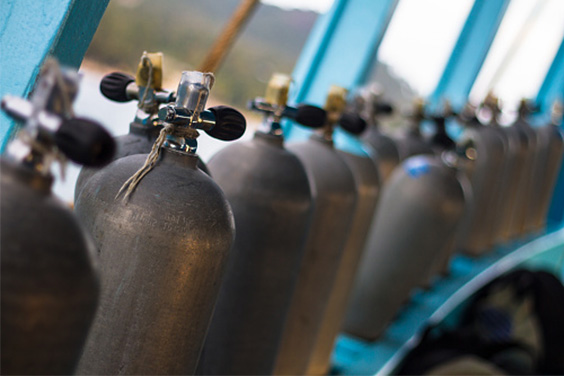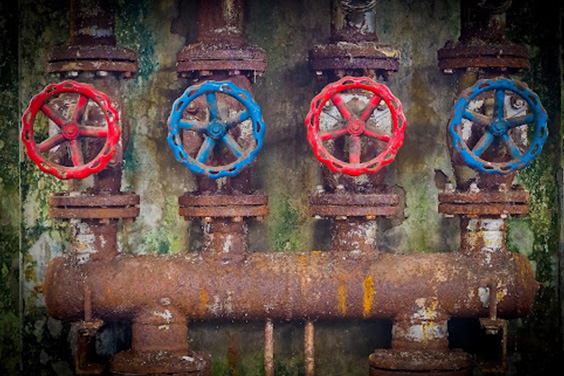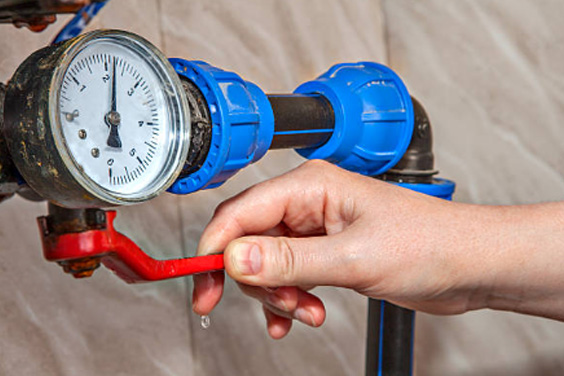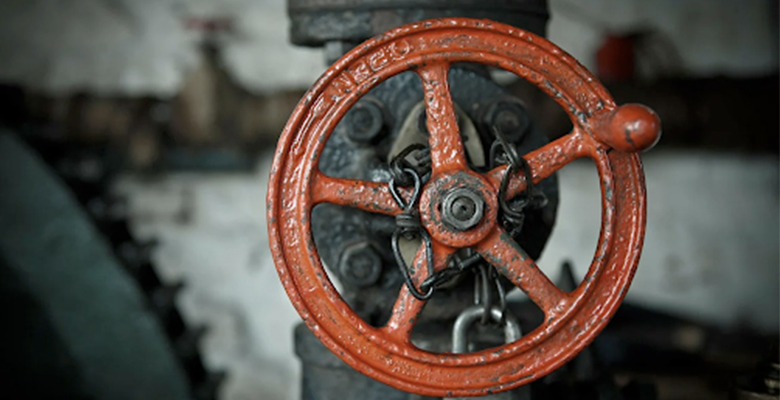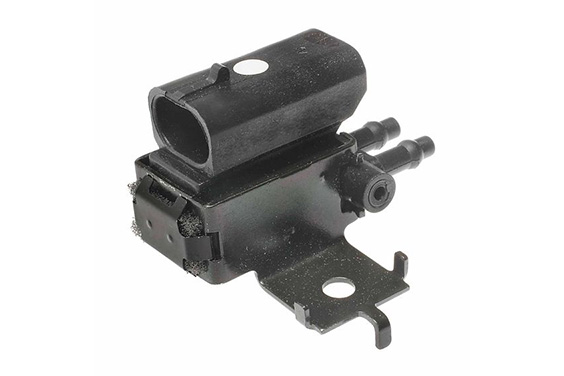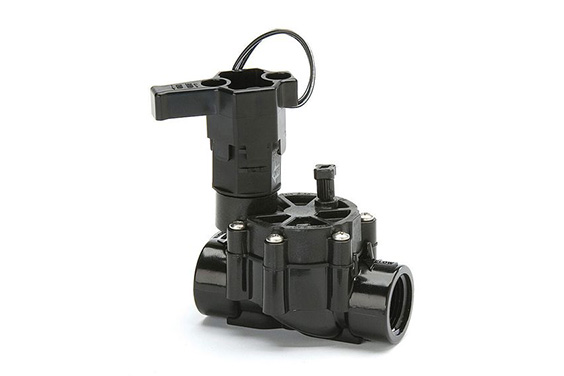An oxygen valve is a pneumatically actuated device used to control the flow of oxygen in various applications. There are many different types of oxygen valves, each of which is designed for a specific purpose. This article will explore the different kinds of oxygen valves and their applications.
What Is Oxygen Valve?
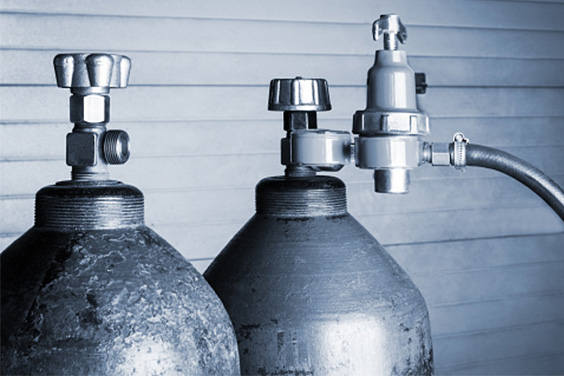
An oxygen valve is a valve that is used to regulate the flow of oxygen. Oxygen valves are used in various settings, such as in hospitals, in-home oxygen tanks, and industrial settings. Oxygen valves are essential in regulating the amount of oxygen available to people and machines.
Oxygen valves come in a variety of sizes and shapes. They can be manually operated, or they can be automatic. Oxygen valves can be controlled by various means, such as a knob, a lever, or a switch.
Oxygen valves are an essential part of many different systems. They ensure that the correct amount of oxygen is delivered to the people or machines that need it.
The Importance Of Oxygen Service Valve
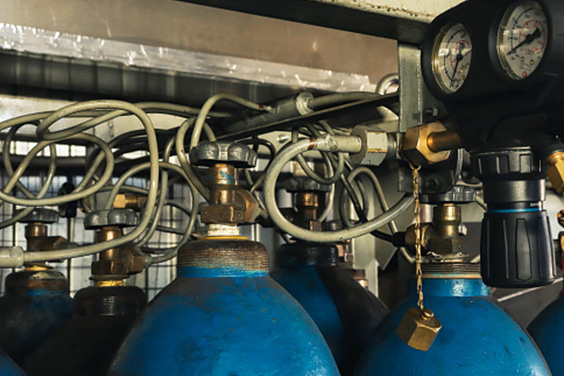
Oxygen valves are used to regulate the flow of oxygen in industrial settings. They are an essential piece of equipment in many industries, as they help to ensure that oxygen is only used when and where it is needed. Oxygen is highly reactive and can be dangerous if not used properly. Industrial oxygen valves help keep oxygen tanks and other oxygen-rich environments safe by controlling oxygen flow. Industrial oxygen valves are essential to many industries, including medical and welding. They are used to regulate the flow of oxygen in various settings, and they can be found in multiple sizes, shapes, and materials. While they may seem like simple equipment, they play a vital role in many industries and can be the difference between a safe and successful operation and a dangerous one.
While industrial oxygen valves are not required in all industries, they are essential in many. They help to keep workplaces safe and to ensure that oxygen is used correctly. If working in an industry that uses oxygen, it is important to be familiar with industrial oxygen valves and how they work.
What Are The Different Oxygen Valve Types?
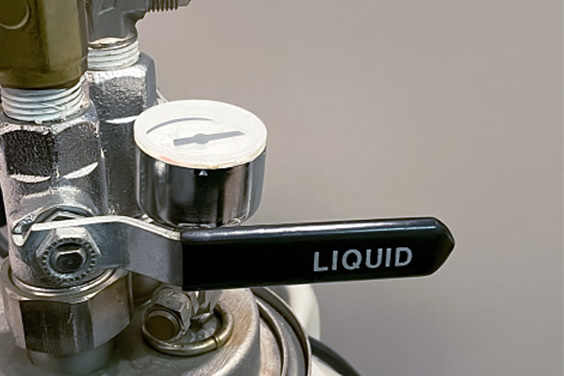
There are many different types of oxygen valves on the market today. Each type has advantages and disadvantages, so choosing the suitable valve for needs is crucial. Below, we will briefly describe the most common oxygen valves to help make an informed decision.
Oxygen Ball Valve
An oxygen ball valve is a valve that is used to regulate the flow of oxygen in a system. There are many oxygen ball valves, each with unique features and applications.
Some of the most common applications for oxygen ball valves include:
- Regulating the flow of oxygen in a system
- Preventing the backflow of oxygen in a system
- Controlling the pressure of oxygen in a system
Oxygen ball valves are an essential component in many different types of systems, and their applications are vast. If it requires an oxygen ball valve, be sure to consult with a professional to find the best valve for the specific system.
Oxygen Globe Valve
Oxygen globe valves are a type of valve that is used in a variety of oxygen applications. They are known for their reliability and durability, making them an excellent choice for use in oxygen-rich environments. Oxygen globe valves are available in various sizes and pressure ratings, making them suitable for multiple applications.
Compact On/Off Valves
Compact on/off valves are used in various applications, including oxygen applications. They are often used in these applications because they are compact and can easily be mounted in multiple locations. Additionally, compact on/off valves can control oxygen flow to a patient. This can help to ensure that the patient receives the correct amount of oxygen, which can help to improve their health.
Oxygen Butterfly Valves
Oxygen butterfly valves are used to regulate the flow of oxygen in various applications. They are designed to open and close quickly, making them ideal for oxygen-rich environments. Oxygen butterfly valves are used in multiple industries, including aerospace, medical, and manufacturing.
Oxygen Plug Valve
An oxygen plug valve is commonly used in many industrial and commercial applications. They are most often used in oxygen-rich environments, such as in because they can help to prevent oxygen leakage. Oxygen plug valves are used to regulate the flow of oxygen in oxygen tanks and oxygen generators. Oxygen plug valves are available in various sizes and configurations to be used in multiple medical, aerospace, and industrial applications.
Different Oxygen Cylinder Valve Types
There are different types of oxygen cylinder valves, depending on the application. Let’s discuss them all here.
Pin Index Valve
Pin index valve, found on most portable oxygen cylinders, is a type of valve used to regulate the flow of fluids. It is a very simple device that consists of a housing with two or more pins that protrude from the sides. When the pins align, the valve opens, and fluid can flow through. When the pins are not in alignment, the valve is closed, and fluid cannot flow through.
Pin index valves are used in various applications but are most commonly used in medical and industrial settings. They are often used to control the flow of gasses and liquids, and they are also used to regulate the pressure of fluids.
Regulator Valves
Regulator valves are devices that are used to control the flow of gasses and liquids. They are essential to many systems, including those used in the oil and gas industry, automotive industry, and more. Regulator valves are typically classified by the type of fluid they are meant to control. For example, there are water, air, oil, and other fluid valves. Depending on the specific application, a regulator valve may be designed to open or close in response to the pressure of the fluid.
Pressure-Reducing Valves
Pressure-reducing valves (PRVs) are used to maintain a safe and consistent pressure in a system. They are often used in commercial and industrial applications where the pressure of a system needs to be controlled. PRVs work by releasing pressure from a system when the pressure reaches a certain level. This helps prevent damage to the design and ensures that the system operates at a safe pressure.
PRVs are an essential part of many systems and can help to keep a system running smoothly. If a system needs to be controlled, then consider PRV will be a great option.
Pressure Regulating Valves
Pressure regulating valves are devices used to control a fluid’s pressure. They are typically used in systems where fluid pressure needs to be controlled or maintained at a certain level. Pressure regulating valves can be used to manage the pressure of various fluids, including water, air, and gas. If looking for a reliable and effective way to control the pressure of a liquid, then a pressure regulating valve may be the perfect solution.
Relief Valves
A relief valve is a safety device used to protect a system or vessel from overpressuring. Relief valves are designed to open at a predetermined pressure to release excess pressure from the system. They are commonly used in systems that handle fluids under high pressure, such as hydraulic systems.
Relief valves are an essential safety device in many industries, and they come in various designs to suit different applications. If looking for a relief valve for the system, choosing one that is appropriate for the operating conditions is essential.
Demand Valves
Demand valves are types of valves that open or close in response to the flow of fluid through them. These valves are used in various industries, such as the food and beverage industry, where they help regulate the flow of liquids. Demand valves are also used in the medical field, where they are used to control the flow of blood and other fluids in the body.
Factors To Consider When Selecting Oxygen Service Valve
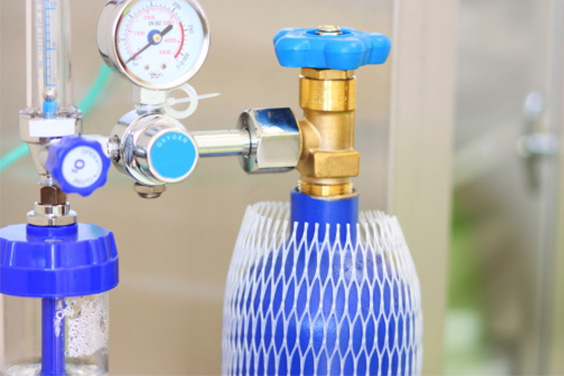
Oxygen is an essential gas in many industries, and the proper selection of an oxygen service valve is critical to the facility’s safe and efficient operation. It would help if several factors are considered when selecting an oxygen service valve, and in this article, we will discuss 5 of the most important ones.
- The first factor to consider is the operating pressure of the oxygen system. Make sure to ensure that the selected valve can safely handle the system’s operating pressure.
- The second factor to consider is the flow rate of the oxygen system. The selected valve must be able to handle the required flow rate of the system.
- The third factor to consider is the purity of the oxygen. Make sure to ensure that the selected valve can maintain the oxygen’s purity.
- The fourth factor to consider is the size of the oxygen tank. Make sure to ensure that the selected valve can fit the size of the tank.
- The fifth factor to consider is the capacity of the oxygen system. Make sure to ensure that the valve can handle the required capacity of the system.
Contact Oxygen Valves Manufacturer
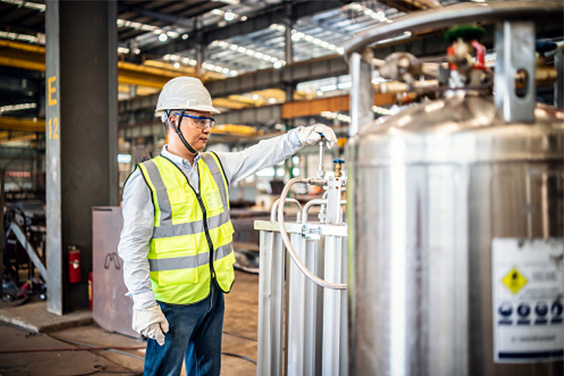
Oxygen safety valves are an essential component of any oxygen system. They are designed to release oxygen if the pressure inside the system gets too high. This can prevent accidents and injuries.
Contact valve company SIO to purchase a high-quality oxygen safety valve for the system. We have provided oxygen safety valves for over two decades and are a leading supplier of SIO oxygen valves. With a team of highly skilled and experienced engineers, we can design and manufacture oxygen safety valves that meet the highest standards of quality and safety. We will be happy to answer any questions and help choosing the suitable oxygen safety valve for the needs.

